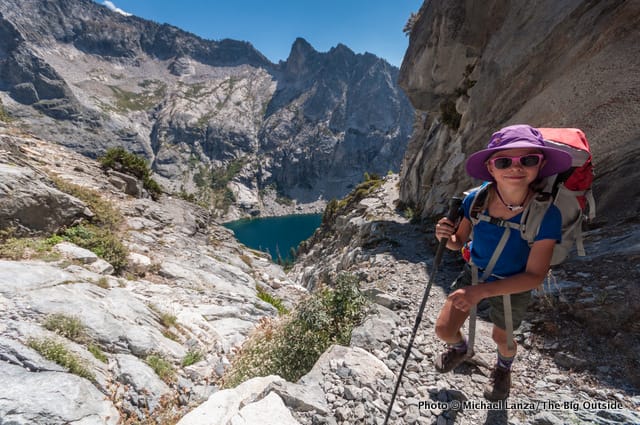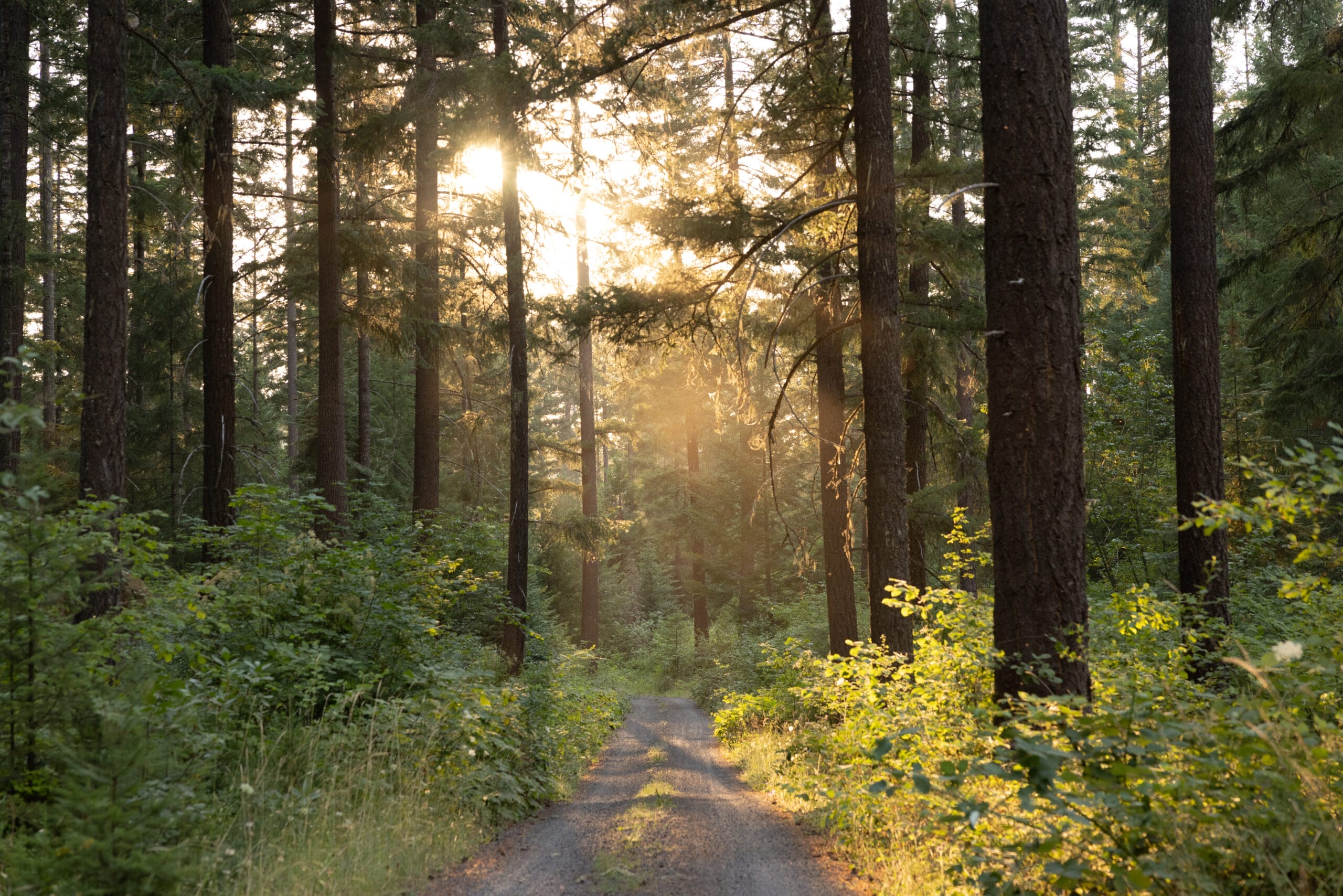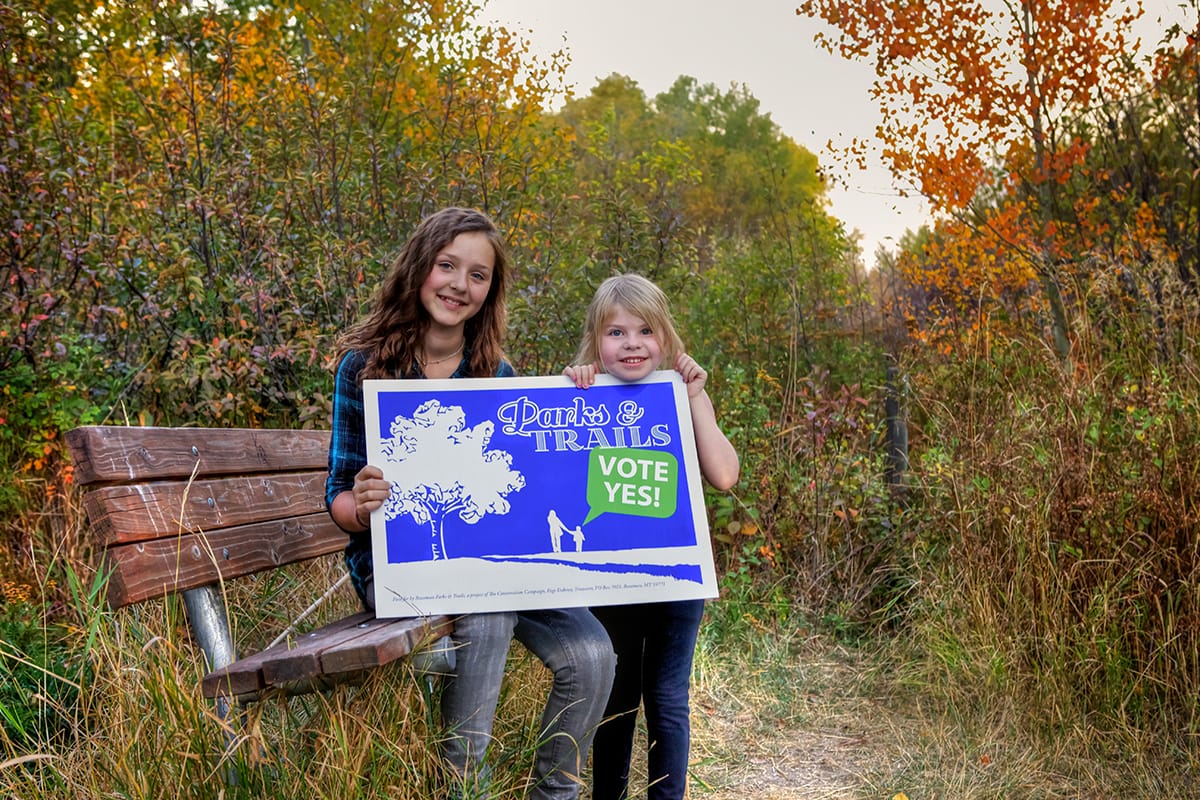
As the national parks turn 100, a visitor grows up, too
As the national parks turn 100, a visitor grows up, too
With our young families in tow, my friends and I waded into the crowd gathering around Yellowstone’s Old Faithful. We were buddies before we were parents: days of rock climbing, backpacking, and backcountry skiing together. Now, between us, we had five kids under five.
There was a time we couldn’t have envisioned ourselves as middle-aged parents—the kind of people we used to look at pityingly as they herded their diaper-clad offspring through the most crowded corners of national parks. But there we were, “those people,” waiting with hundreds of other tourists for the geyser to erupt.
That’s when something kind of magical happened.
Old Faithful did erupt. That was no surprise: it does so about 20 times a day, at fairly regular intervals. But what we did not anticipate was the reaction of our children.

They stared wide-eyed at the scalding water blasting into the oceanic Wyoming sky—and all of them burst out laughing. It was the joyous, doubled-over, shrieking, unrestrained glee of little kids, and it was infectious. We joined our kids in a place we rarely reach past a certain age—in genuine laughter at a phenomenon we’d seen so often it was mundane to us.
But not to our children.
That experience began a gradual transformation—or perhaps maturation—of how I see our national parks.
Being from New England, some of my early outdoor adventures were in Maine’s Acadia National Park. As a young adult, I viewed it through the same focused lens that I would later turn on the landscapes I visited in the West: I saw these places as natural playgrounds for my outdoor adventures, there for me—and people like me—to enjoy.
These days, though, when I think about the national parks, I think about hiking with my family to Yosemite Valley’s waterfalls and kayaking in Alaska’s majestic Glacier Bay. I recall the time we’ve spent exploring the canyons and the sculptured rock of southern Utah’s Zion and Canyonlands. And I remember my kids’ unbounded fascination at their first view of the Grand Canyon and the big banana slugs at Mount Rainier.

As the National Park Service celebrates its centennial this year, it’s a good time to consider what the parks mean to us, as a society and as individuals. I agree with those who’ve said that the national parks represent a uniquely brilliant American idea and an essential link to our history and heritage. But for me, the park system is also the thread that sews together some of the most wonderful moments my family has ever had.
My kids are older now, and it takes more than a geyser to stir their emotional magma. But we still find inspiration in the national parks, and I’m confident they will always cherish these special places. Perhaps they’ll bring their own children to Yellowstone one day.
As for me: yes, I still turn to the national parks for intense backcountry adventures, just as I did before I was a parent. But today I look at the parks through a wider lens. I see not only a personal playground, but the parks’ powerful impact in providing an open and inviting doorway for many people’s first experiences in the natural world. Best of all, I view the parks through the eyes of my kids—and reconnect with a sense of wonder.
Trust For Public Land media partner Michael Lanza blogs about his outdoor adventures, including many with his family, at The Big Outside. His award-winning book Before They're Gone—A Family's Year-Long Quest to Explore America's Most Endangered National Parks, chronicles his family’s wilderness adventures in national parks threatened by climate change.
This raw, beautiful landscape in Southern California is home to Indigenous heritage sites, and it provides critical habitat for threatened and endangered species. Urge the administration to safeguard this extraordinary landscape today!


Donate to become a member, and you’ll receive a subscription to Land&People magazine, our biannual publication featuring exclusive, inspiring stories about our work connecting everyone to the outdoors.
See how our supporters are helping us connect people to the outdoors across the country.










